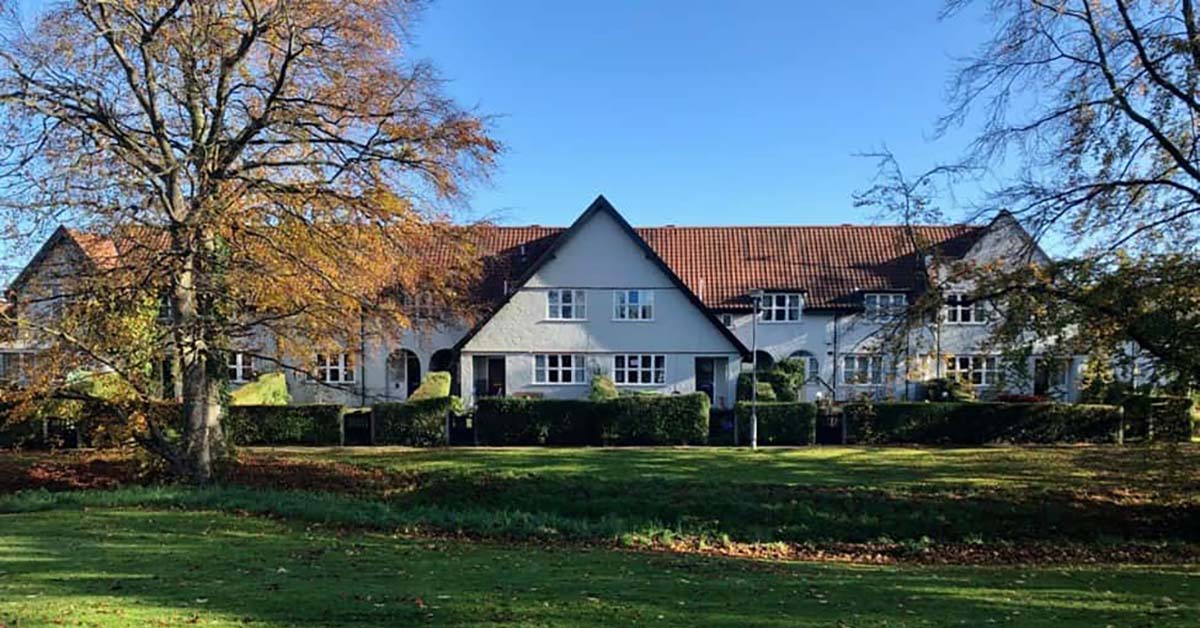Following last year’s exciting and successful trip to Rome and Venice, The Delaware Center for the Contemporary Arts is once again pleased to offer a very special tour for our members. Documenta, held every five years in Kassel, Germany, is our first stop in our examination of the vibrant contemporary art scene in Germany, followed by a five day visit to Berlin.
Organized by Arts & Crafts Tours, these visits will introduce our members to the iconic sites of each of these extraordinary cities and take you behind the scenes to some of the new creative initiatives that are taking place. And, as always with an Arts & Crafts Tours, there will be visits to private collections and artists studios that are not possible on your own or on other tours.
You will be accompanied by Maxine Gaiber, Director of the DCCA, and Elaine Hirschl Ellis, the President of Arts & Crafts Tours, and will meet up during the week with a number of lively, informative, and knowledgeable guides and hosts. There will be private receptions, walks and talks, and luscious, leisurely meals in the company of other members and a varied, specialized group of guides and hosts.
We begin in Kassel – and Kassel is Documenta. You will tour the exhibition as a group, but we leave plenty of time for you to search out your favorites and most provocative works of arts and artists. At our first dinner an overview of the history of this major international event will be presented as well as specifics about this year’s selections and highlights.
Then it is on to Berlin, a city so rich in history and art that is difficult to know what to leave out. But first we will see the city from the water, with an introductory tour from the boat to oriente ourselves. There will be many organized activities, but also time to walk around and get acclimated for Berlin is definitely a city you want to experience by walking and seeing.
Although we are only there for five days, they will be packed with all the essential sites – museums, private collections and receptions, and visits to artists studios.
Among the museums we visit is the Hamburger Bahnhof and its permanent collection dedicated to major directions in art from the 1960’s to the present. The museum recently received a major collection from Friedrich Christian Flick of 166 works from the past forty years.
One of Germany’s largest private collections of contemporary art is that of Christian and Karen Boros, that is now housed in a converted bunker in Berlin-Mitte – which offers a unique experience of Berlin during the war while showing some of the most challenging of contemporary art.
Another private collection we will visit is that of Erika and Rolf Hoffman which is housed in two floors of a former factory building they recently had renovated.
There is more and more contemporary architecture in Berlin and perhaps no building has gotten as much attention as the Jewish Museum extension designed by Daniel Libeskind. It is well worth the morning planned there.
An older building with a long interest connected to the arts is the Martin-Gropius-Bau which was originally a museum of applied art and has been a protected UNESCO World Heritage Site since 1966. Currently it is one of the most prominent exhibition sites in Europe. While we are there, an exhibition of the work of Diane Arbus will be on view.
Although our focus is on the contemporary, it would be unthinkable not to include a visit to Museum Island, the name of the northern half of the island in the Spree River in the central Mitte district, the site of the old city of Colln. There are five extraordinary museums there:
- The Altes, or Old, Museum built by Karl Friedrich Schinkel in 1830
The Neues, or New, Museum completed in 1859, destroyed in the Second World War, and rebuilt under the direction of David Chipperfield for the Egyptian Museum of Berlin and re-opened in 1009.
The Alte Nationalgalerie completed in 1876 with its collection of 19th century art donated by Joachim H.W. Warener.
The Bode Museum opened in 1904 and called at that time the Kaiser-Friedrich-Museum, it houses sculpture and late Antique and Byzantine art.
The Pergamon Museum, which was the final museum, constructed in 1930, it contains multiple reconstructed buildings such as the Ishtar Gate of Babylon.

